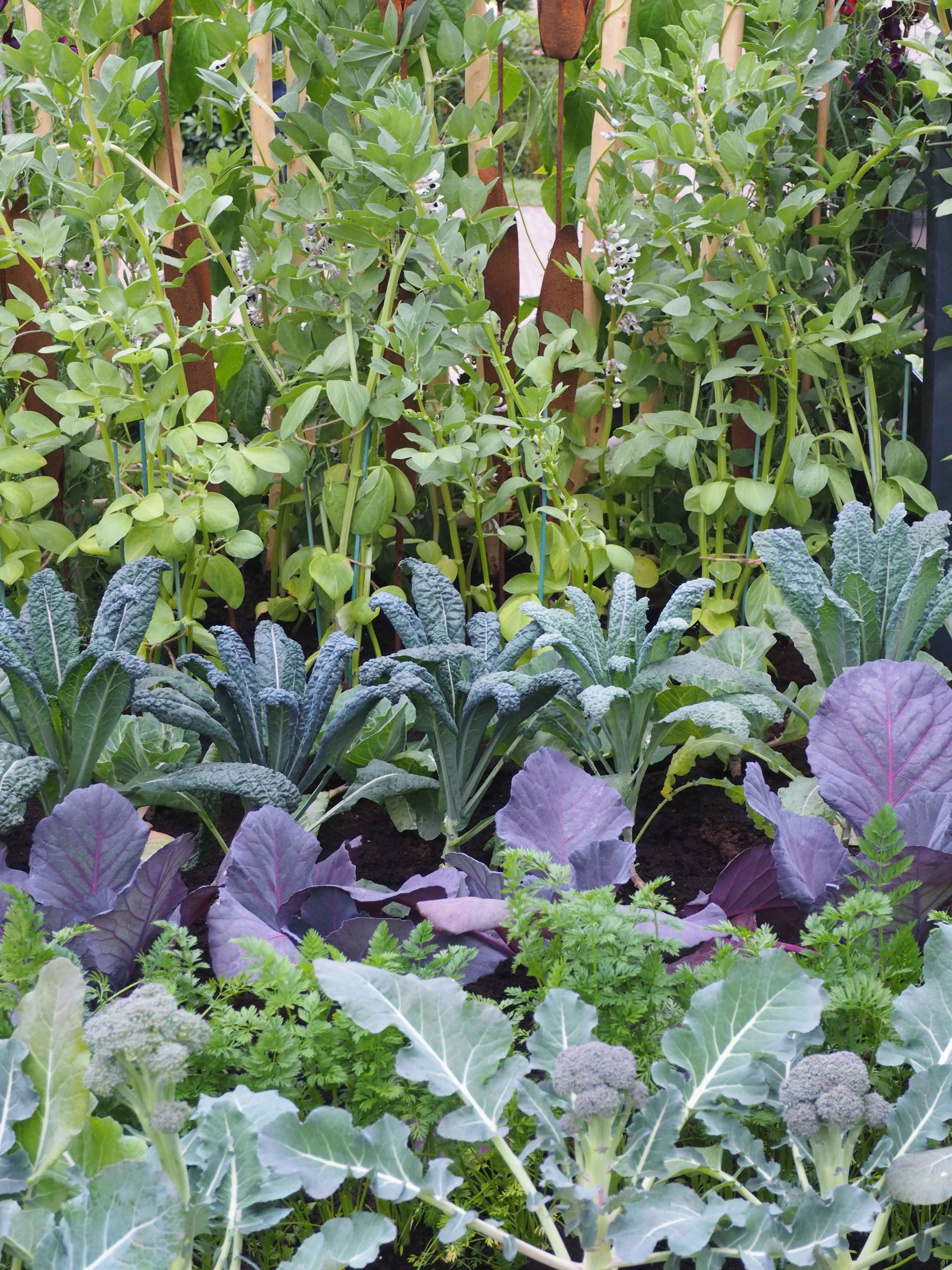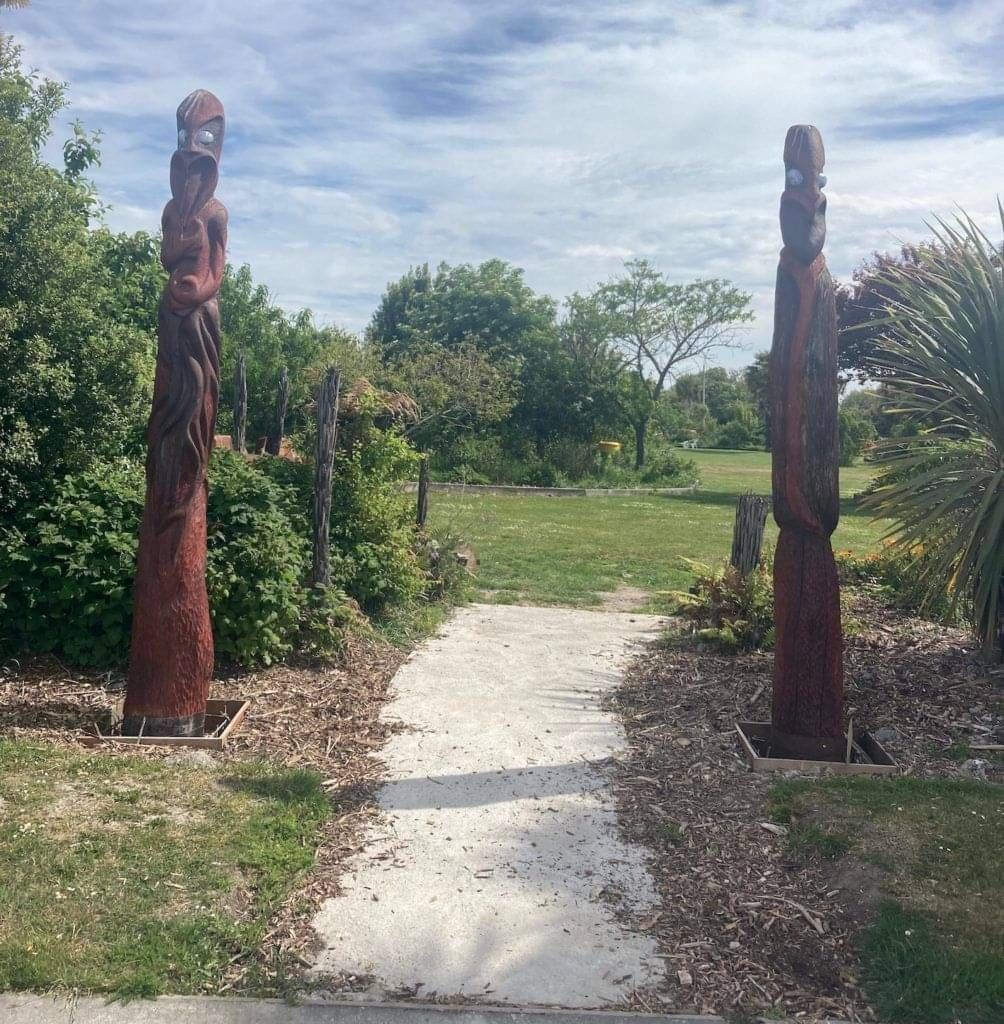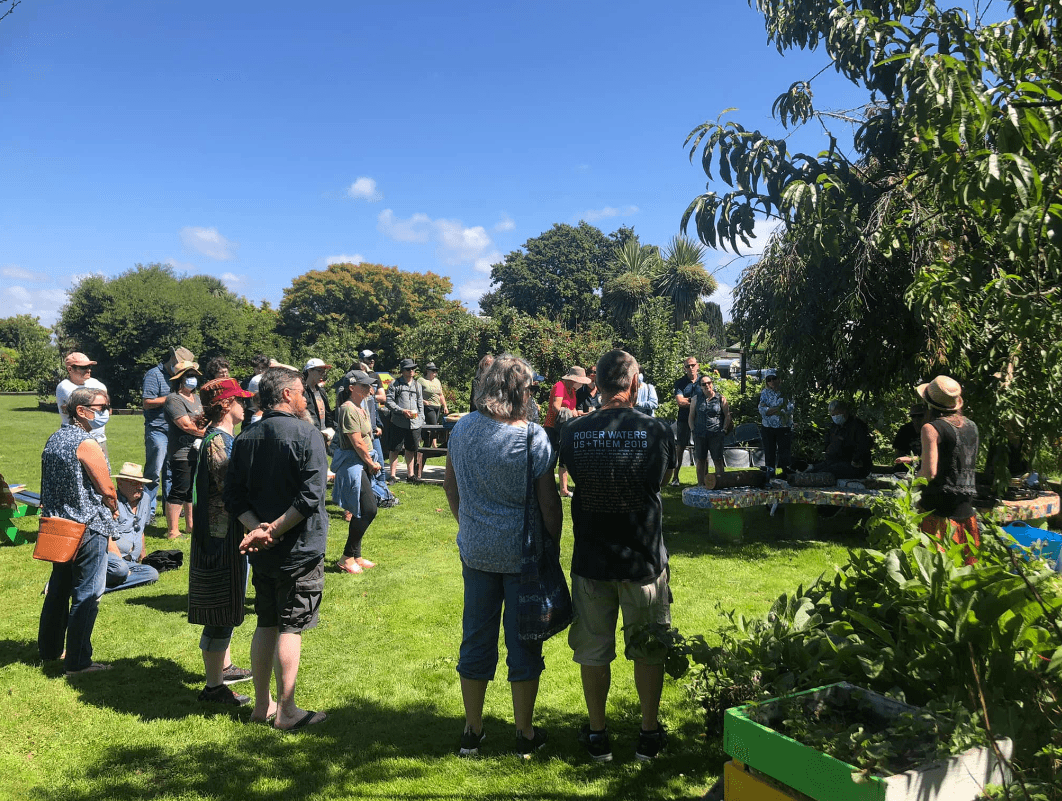Bare Ground to Community Oasis
Beginning as a group of barren red-zoned lots, it has been transformed by passionate volunteers, community support, and countless planning hours into a thriving Food Forest with fruits, herbs, and native plants.
History of the Food Forest
When the earthquakes struck Canterbury early one Sunday morning, on the 14th of September 2010, Kaiapoi was severely affected. With the earlier awareness of damage and destruction to physical and social environments then came later with the wider Christchurch devastation, Waimakariri District Council had responded to the damage decisively and effectively by setting in place community-led responses to people’s upheavals.
One of the responses was to identify community wishes and needs as soon as it became apparent that houses damaged areas were to be cleared and made a “red zone”. What was this red zone to be like? Through public meetings and consultations, one of the most desired outcomes was a food forest in Kaiapoi. During this formative period a very strong community approach was set up by the Waimakariri District Council Community team. This was supported by money through the Ministry of Social Development enabling two community workers to be employed by the Council. These workers selected/gathered a group of local people to advise them on ideas and projects.
When the finance from Government was halted this group formed a group called “You, Me, We, Us” meaning you give me ideas and together we (as a community) will deliver them for us all – collectively for the community. This group, ably led by Chris Greengrass, saw several projects launched, one of which was the Food Forest. There was scepticism from some Kaiapoi Community Board members, concerned the area would become a place for “undesirables” to gather and /or become an overgrown eyesore for the town. To ensure neither of these things happened the FF design allowed a more well cared for appearance that the principles might have required, giving the whole the appearance of an attractive community park.




After a false start when trees were planted on an area close to the riverbank, not favoured by WDC, an area in Cass St was identified for the project. A sub-group led by Brent Cairns, one of the YMWU trust members, was set up to plan to develop the area as a “food forest”.
Initially, this group reported to YMWU until the group decided to establish itself as an independent trust. In 2017 it was incorporated as an Incorporated Society and a Charitable Trust. The original members of that trust included Gordyn Hamblyn a food forest guru, Brent and Shirley Cairns, Glenn Foley with design and construction skills, Natalie Leary, with knowledge of Māori plants used for food and medicine, Kath Adams, with trust administration experience.
An agreement with the WDC was negotiated which included a sum of money set aside for the infrastructure of the forest. This paid for fences, paths, and other physical necessities for the area, but it was the collection of trees from the “Red Zone” area by “Tree Tech” that established the forest. Working bees assisted in planting the plants required to illustrate the principles of food forests where nature supported itself to produce a balanced self-sustaining ecosystem without the need of sprays or artificial fertilisers.
As the activities of the group with community support the forest flourished with food to be gathered by people as they wandered the attractive park-like area. To publicise the forest several Open Days and Events were held and over the years these have become fixtures in the community’s calendar. One feature Kaiapoi FF wanted to commemorate was the importance of Kaiapoi in pre-European life – it was a well-known trading area for inter-tribal trade set on the navigable river. This river, of course, was important later in colonial times for coastal shipping. It is the Māori History, however, that is highlighted with the Rongoa Area and the entrance Pou.
The food forest has been used by many groups, especially schools, as a learning experience with one local school having their visits highlighted by strawberry planting – perhaps the forerunner of the annual “Strawberry Fair”. The forest has also hosted events to commemorate Matariki, including hangi and “birthday parties” for the forest itself.
The Food Forest has always had a concentration on education, and this became even more important with the covid driven “hard times” as part of a North Canterbury Food Secure Network. At that time Government supported some initiatives encouraging people to provide their own food. To assist with this the FF has provided several workshops for the public to gain the skills necessary to produce food cheaply and sustainably.
The contribution of Brent Cairns can not be over emphasised as he has provided oversight of the forest, hosted many of the visiting groups, acted as co-ordinator and chair. Without his efforts, there would have been no food forest. Since his election as a District Councillor, the Trust has employed a part-time co-ordinator to ensure the benefits are available to all and the goals of the Trust are carried out. Since its inception the Trust has recruited new Trust members: Carol Bisseker and Chris Sutherland.


Video of the Food Forest Creation
Watch to learn more and visualise the beginning of the Food Forest we have today. Narrated by Brent Cairns.